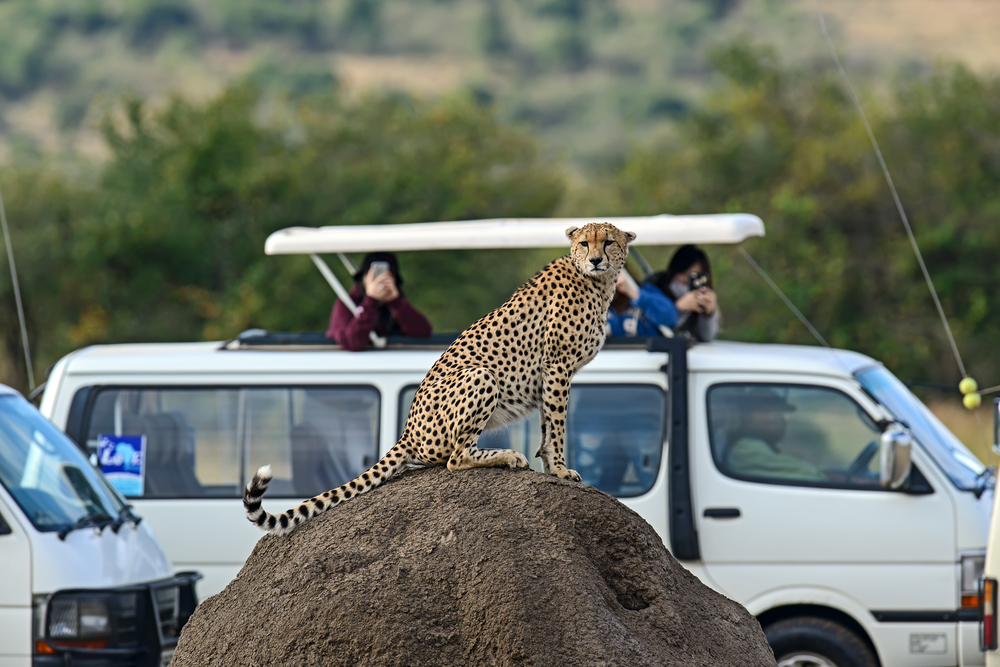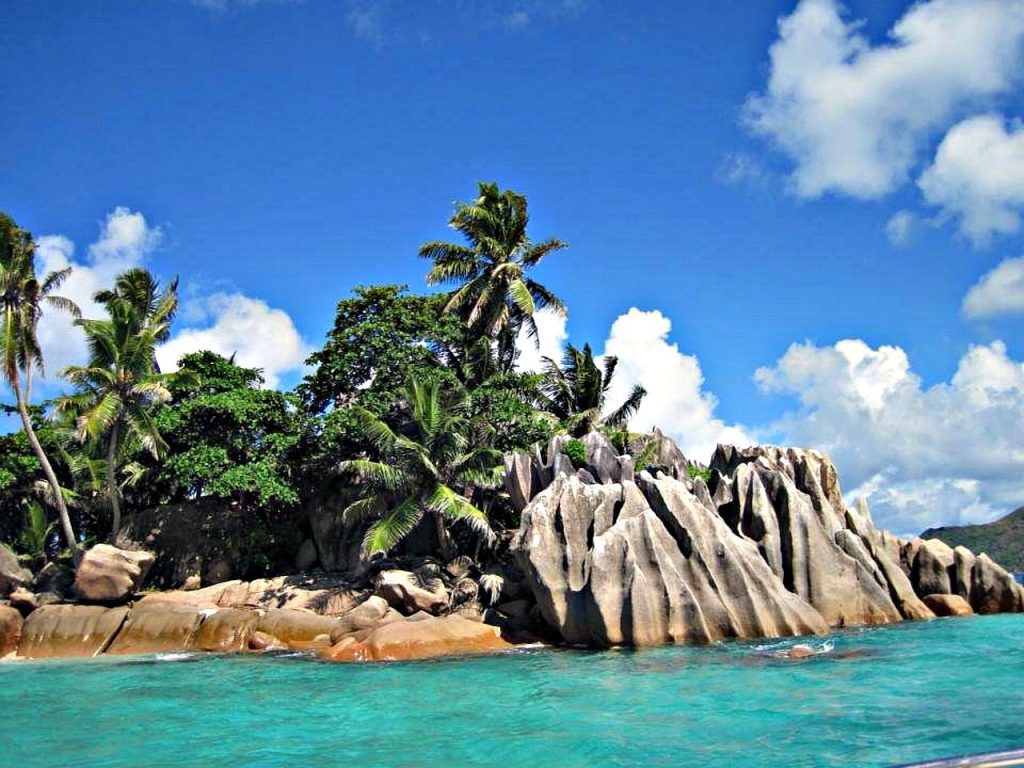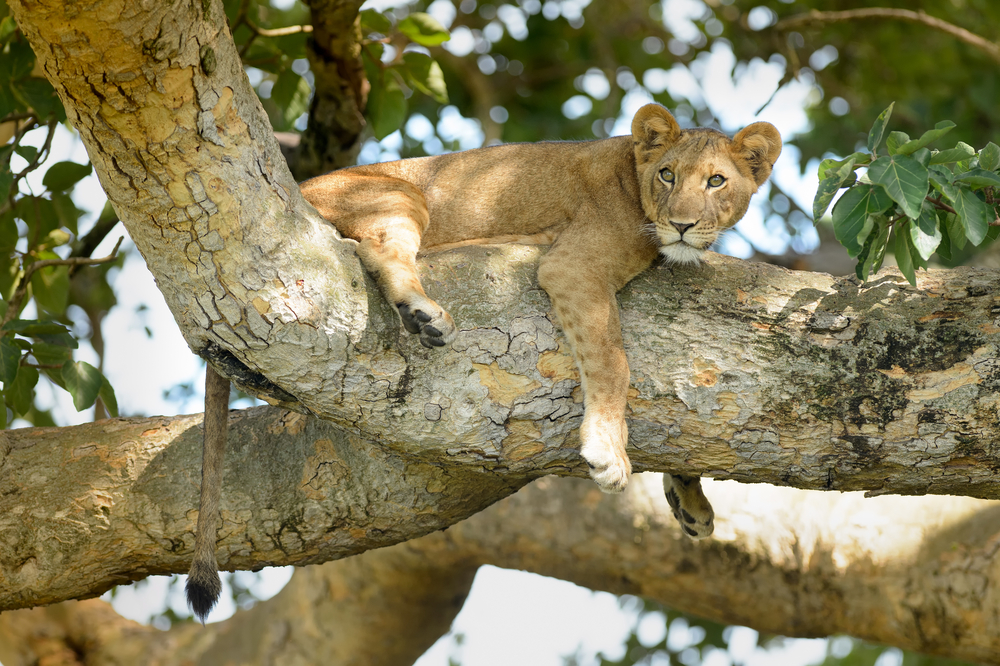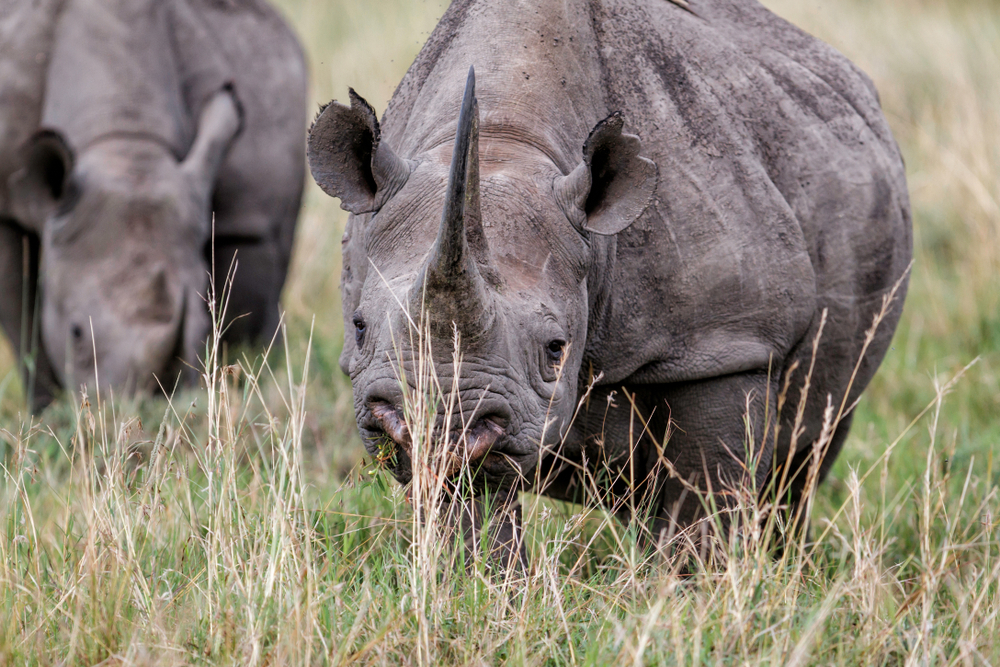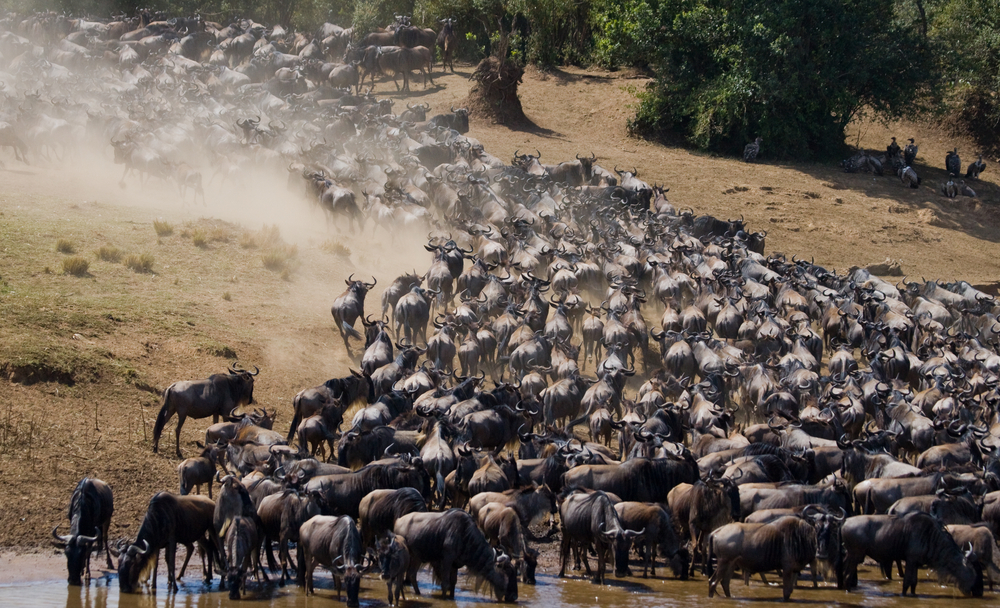Kenya, a land of breathtaking landscapes and incredible wildlife, offers travelers a chance to experience the beauty of Africa at its finest. But figuring out the best time to visit Kenya for your African adventure involves thinking about several important factors.
From weather and crowds to wildlife viewing and wilderness experiences, let’s explore some key aspects that will help you decide the best time to explore this amazing destination.
Visiting Kenya based on the Weather
The weather in Kenya can greatly influence your travel experience. The dry season, which runs from June to October, is a popular time to visit. During these months, you can expect mild temperatures and minimal rainfall, making it ideal for safaris and outdoor activities.
Kenya has a diverse climate due to its varying topography and proximity to the equator. Here’s a description of the seasonal weather in Kenya:
Coastal Areas (Mombasa, Malindi):
- Hot and Humid Climate Throughout the Year:
- Coastal areas experience consistently warm temperatures, with highs ranging from 81°F (27°C) to 91°F (33°C) and very little temperature variation throughout the year.
- The good news is this is pretty comfortable beach and ocean weather making visiting Kenya for a coastal experience good almost any time of the year.
- Rainy Season (April to June and November to December):
- The coastal region experiences two rainy seasons, which can bring heavy rainfall and occasional storms. Travel plans can be affected during these periods.
- Although the temperatures are fairly consistent, the rainy season can interrupt a planned beach experience.
Nairobi (Central Kenya, Highlands):
- Dry and Mild Climate:
- Nairobi enjoys a mild climate with temperatures ranging from 54°F (12°C) in the colder months to 77°F (25°C) in the warmer months.
- Because most people are looking for outdoor experiences in Kenya, it is good to know that temperatures are pretty comfortable year round. It can get a little chilly in the evening, so planning for light jackets is a good precaution.
- Rainy Seasons (March to May and October to December):
- Nairobi experiences two rainy seasons with intermittent rainfall. While these rains are not as heavy as on the coast, they can affect travel plans.
- As noted on the coastal weather, the rainy season can interrupt things even though the temperatures are fairly consistent.
Western Kenya (Kisumu, Kakamega):
- Moderate Temperatures with Some Rain:
- Western Kenya has relatively moderate temperatures, ranging from 63°F (17°C) to 79°F (26°C).
- Although the temperatures are moderate and fairly consistent, the rainy season is something to pay attention to when considering your safari and outdoor adventures.
- Longer Rainy Seasons (March to June and September to November):
- The western region has more extended rainy seasons, with significant rainfall. Travelers should be prepared for wet conditions during these times.
Maasai Mara and Rift Valley (Safari Destinations):
- Dry and Hot Climate:
- These areas can experience hot temperatures, with highs often reaching 86°F (30°C) to 95°F (35°C) or higher.
- The temperatures may not be as hot as other places in Africa, when you are in the sun with an outdoor adventure, these temperatures can be rather hot.
- Short Rainy Seasons (November to December and March to May):
- The Maasai Mara and Rift Valley have two shorter rainy seasons, which can affect wildlife migration patterns and road conditions for safaris.
Significant factors affecting travel in Kenya include the varying weather patterns, especially the rainy seasons, which can affect road conditions and wildlife viewing opportunities in the safari regions. The coastal areas are consistently warm and humid, making them ideal for beach vacations. Nairobi and the highlands have a milder climate, while the western region experiences moderate temperatures with longer rainy periods. Travelers should plan their trips based on their preferences and desired activities, such as safaris or beach vacations.
Visiting Kenya based on the Crowds
To enjoy a more intimate and serene encounter with Kenya’s natural wonders, consider traveling during the shoulder seasons of January to March and November to early December.
These times offer fewer tourists, allowing you to appreciate the incredible wildlife and landscapes without the hustle and bustle. The spring months of February and March is also when many the wildebeest and other herbivores are calving.
Exploring Kenya’s Wilderness Experiences:
For those seeking immersive wilderness experiences, the dry season between the months of June through October is your ticket to adventure. Exploring Kenya’s iconic national parks and reserves, such as Amboseli and Tsavo, is most rewarding during these months.
Wildlife Viewing
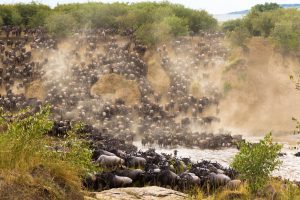 If observing majestic wildlife is your main goal, the dry season is your best bet. From June to October, animals gather around water sources, making them easier to spot. The famous Maasai Mara migration, which typically occurs between July and September, is a spectacular sight as millions of wildebeest and zebras move across the plains.
If observing majestic wildlife is your main goal, the dry season is your best bet. From June to October, animals gather around water sources, making them easier to spot. The famous Maasai Mara migration, which typically occurs between July and September, is a spectacular sight as millions of wildebeest and zebras move across the plains.
The migration usually crosses the Mara River into Kenya in the late summer – early fall. Witnessing the river crossing is a spectacular event and should be a targeted visit if you can. The river crossing features the wildebeest migration navigating predators on land with the lions and in the river with crocodiles.
Discovering Kenya’s Cultural Events:
Kenya is an amazing country with a people that is diverse and rich with cultural experiences. Here are some annual cultural events you might consider as you plan your visit:
- Lamu Cultural Festival: Held in Lamu, this festival celebrates the Swahili culture and heritage of the coastal region. It features traditional dances, dhow races, art exhibitions, and showcases the unique architecture of Lamu’s old town.
- Maralal International Camel Derby: Taking place in Maralal, this event is a unique and lively spectacle. It includes camel races, traditional dances, and showcases the rich culture of the Samburu people. It’s a great opportunity to experience local customs and interact with the community.
- Kenya International Film Festival: This film festival features a diverse range of local and international films. It provides a platform for filmmakers to showcase their work and for audiences to enjoy a variety of cinematic experiences.
- International Camel Derby and Festival in Nanyuki: This festival features camel races, cultural performances, and other entertaining activities. It’s a fun event that brings together both locals and tourists to celebrate Kenyan traditions.
- Turkana Cultural Festival: Held in the Turkana region, this festival celebrates the culture and traditions of the Turkana people. It includes traditional dances, music, and exhibitions of Turkana art and crafts.
- Maasai Mara Cultural Festival: This event brings together different Maasai communities to showcase their traditional music, dance, and way of life. It’s a great opportunity to learn about Maasai culture and interact with local communities.
- Lake Turkana Festival: Located in the northern part of Kenya, this festival celebrates the cultural diversity of the communities around Lake Turkana. It includes traditional dances, music performances, and exhibitions of local crafts.
These are just a few examples of the many cultural events that happen annually in Kenya. Attending these events not only offers you a chance to experience Kenya’s rich cultural heritage but also provides an opportunity to engage with local communities and learn about their way of life.
Other Important Considerations:
- Great Migration: If witnessing the Great Migration is on your bucket list, plan your trip between July and September. This is when the wildebeest and zebra herds cross the Mara River in the Maasai Mara, an awe-inspiring event. Because the crossing varies annually, it is best to check with your safari company on the anticipated crossing time.
- Cultural Experiences: Kenya is home to diverse cultures and ethnic groups. Research and consider visiting local villages and participating in cultural activities to enrich your understanding of the country’s people and traditions.
- Rainy Season: The rainy season, from March to May, can still offer unique experiences, such as lush landscapes and birdwatching. Just be prepared for occasional heavy rainfall.
- Responsible Tourism: Respect wildlife and follow ethical guidelines during safaris. Choose tour operators that prioritize animal welfare and conservation.
In conclusion, the best time to visit Kenya depends on your preferences and the experiences you seek. Whether you’re yearning for incredible wildlife encounters, cultural immersion, or captivating landscapes, Kenya has it all.
By considering the factors mentioned above, you’ll be well-prepared to embark on a memorable journey through this captivating African destination. Unfortunately, there are no guarantees when it comes to predicting the wildlife sightings or movement.

